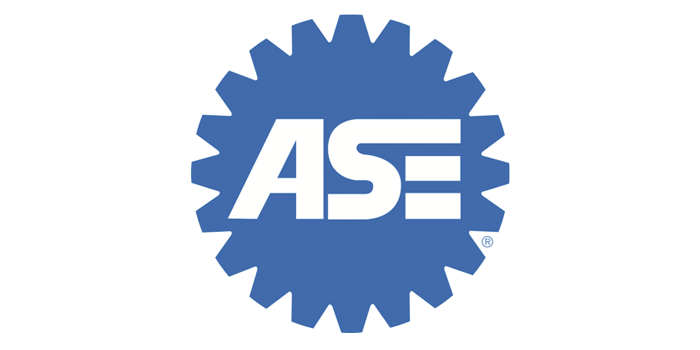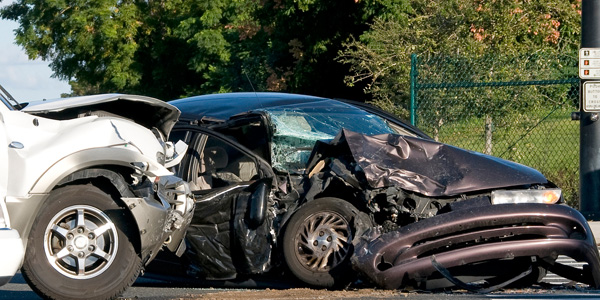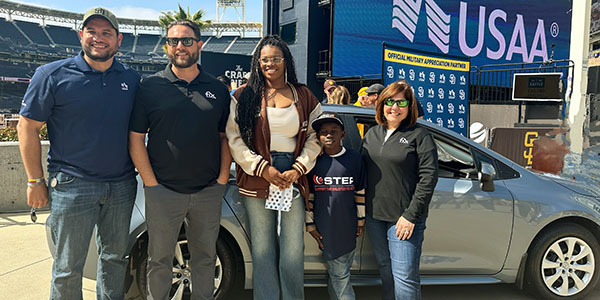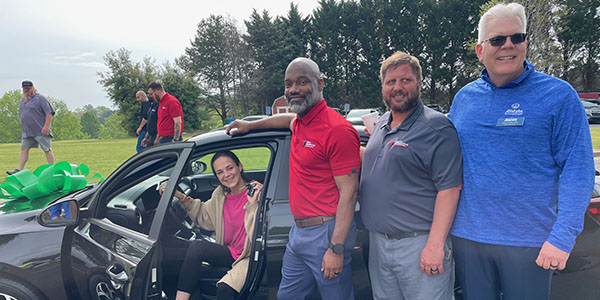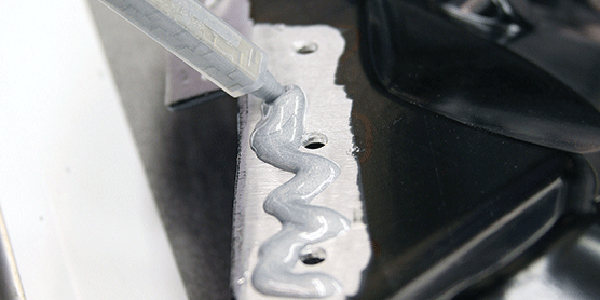
3M has released new best practices for adhesive application during the body repair process. Dennis Keicher, an advanced application development specialist with 3M’s Automotive Aftermarket Division, goes into detail about
Many OEMs prescribe the use of adhesives when conducting parts replacement procedures. Typical applications involve the use of either squeeze type resistance spot welding (STRSW) and/or MIG/MAG welding when spot welding cannot be performed due to body design or welder access constraints. Some vehicle builds may use a combination of self-piercing rivets (SPRs), blind or solid rivets, or the formation of a hem flanged joint. Automotive design engineers have relied on adhesives in vehicle body construction for many years, and the increased use of adhesives is a common trend in manufacturing. Even though much attention has been directed toward adhesives’ use, many of the specific details that need to be employed by repairers are often overlooked and merely described in ambiguous terms.
According to Keicher, OEM repair procedures are paramount. Collision repairers need to source documentation from reliable providers of information, such as the automotive
Some manufacturers may advise rivet bonding procedures to replace welding that was performed on the assembly line. Often, rivet bonding is due to limitations of aftermarket spot welding equipment (mainly aluminum repair). It is a rare occasion when OEMs advise the use of adhesives alone. In most cases, one or two joints on a panel may be bonded, however, the remaining joints are spot welded or weld bonded. Specific model and year information determines the correct procedure. Yet, other manufacturers are very specific about the adhesive (generally OEM branded) and which exact locations on the panel it should be applied to, the number and location of the welds, even the grades of abrasives used for preparation, specified cleaners and adhesion primers. This highly detailed information from the OEM is the most direct approach and removes many possible misinterpretations from the repair planning and execution.
Keicher recommends that repairers should ask themselves that, if they are following the OEM guidelines, what other considerations do they have? Whether the OEM guide was developed with very specific details or not, repair professionals should always follow some general “best practices” around the use of adhesives and panel preparation. Below, Keicher details some of the best practices he recommends:
- Use fresh abrasives and the correct grade(s) determined by either the OEM or the adhesive supplier. Avoiding cross-contamination of metallic substrates is especially important when working with dissimilar metals, often you may be joining steel to aluminum, don’t grind/sand both the panels with the same disc or belt.
- Choose the adhesive advised by the OEM. You may see the use of “or equivalent” language in the repair manual. Unless you have some written proof of equivalency that has been published by a manufacturer, be careful deviating from the prescribed adhesive, otherwise, you have now become the “expert” in determining that fact. Are you and your shop equipped to perform OEM adhesive tests?
- Unless advised otherwise by the OEM, follow the adhesive manufacturer’s directions for use, as they have determined the procedures, methods of preparation and application at which the adhesive performs optimally and meets their specific required standards.
- Always use adhesives that are within shelf life. Most companies use expiration dates that are easily identifiable to the public, if not consult the adhesive manufacturer for identification of the code.
- Never cross over equipment such as static mix nozzles from one manufacturer to another, they are not all the same, element number, and cross flow designed into the mixing elements can be different from adhesive manufacturers.
- Never assume that the current year model repair procedures are the same as previous years (what appears to be an identical) model. Always consult the OEM repair procedures.
- Never assume that one adhesive may be used on all panels of the same model, this may not be true, some OEMs have different adhesive advisements related to specific panels on the same vehicle.
- Get the training and knowledge required for the job, as body repair is more complicated and requires more knowledge now than it ever has.
Keicher also added that there are further application procedures to consider include the following:
Temperature during use and cure: Generally speaking, the temperature for determining work time, clamp time and cure time is 70°F-75°F. If you turn off the heat in your shop at night and the temp goes down to 40°F for eight hours right after you bonded a panel, you will have to raise the temperature back to 70°-75°F and then wait the specified clamp time.
Corrosion on host panels: If host panels have corrosion that cannot be removed via media blasting, perhaps it is best to consult the customer and consider replacing the host panel as well. If nothing else, be sure to document the corrosion damage with photos. Adhesives may have the ability to prevent corrosion on uncorroded panels; however, if heavy corrosion is already present, at best adhesives may possibly slow down its growth, but the adhesive bond strength will be compromised.
Corrosion protection: Most OEMs advise the use of corrosion protection internally and externally even when bonding procedures have been used. This ensures the bond is protected and, if any bare metal was exposed during the placement of the new part, it has been protected.
Keicher reminds repairers that at the end of the day, they are the frontline decision maker when it comes to doing the repair, and the customer is trusting you to do things the right way. Following the OEM repair procedures and recommendations for specified products, combined with training and application of the knowledge, is the foundation for performing safe repairs that both the customer and the body shop can benefit from indefinitely.

